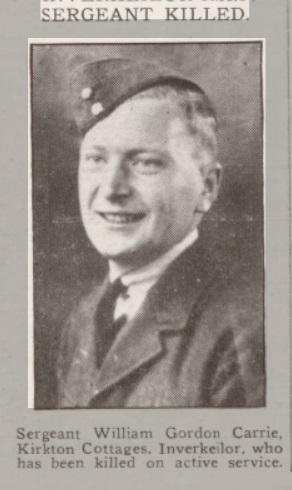| Reason for Loss |
Followed the Elbe and encountered heavy concentration of searchlights when nearing Hamburg. The pilot was able to take evasive action and no searchlight was locked onto the aircraft for more than a few seconds. Once clear of the searchlights the pilot followed what we thought to be the Elbe for the remainder of the inbound journey but in fact it turned out to be a long, low cloud. Realising their mistake, they proceeded to search for the target for 45 minutes, encountering another heavy concentration of searchlights as they did so. During evasive action their height reduced to 8000' and as a result they encountered both heavy and light flak. They continued to experience searchlight activity for 25 minutes after dropping their bomb load, which once again the pilot eas able to evade. Because the observer's lights had all failed shortly after takeoff, and the batteries in the only available torch were now flat, the moon became the only means of illumination, making accurate navigation impossible. On regaining the English shoreline they incorrectly determined that they were over Norfolk and so headed north, when in fact they were already over Lincolnshire. After 15 minutes flying time they headed inland in an effort to pick up a flare path and ended up at RAF Linton-on-Ouse, by which time one engine was out, causing the pilot to instruct the crew to have their parachutes ready. Only after landing did they realise that the wireless operator/air gunner and rear gunner had both bailed out. Sgt Carrie, the rear gunner, was killed when the parachute harness broke during to not being correctly secured. Sgt Guest, the wireless operator/air gunner survived the drop. |
